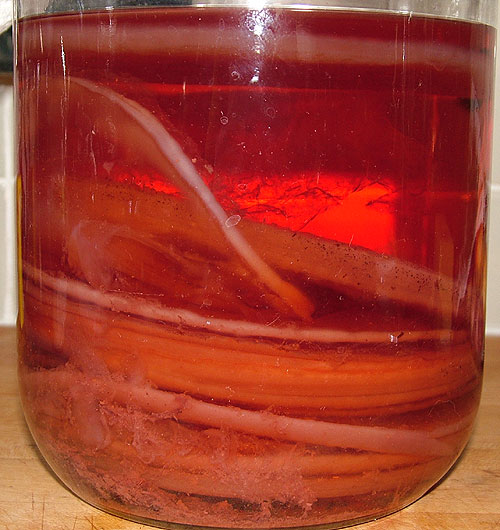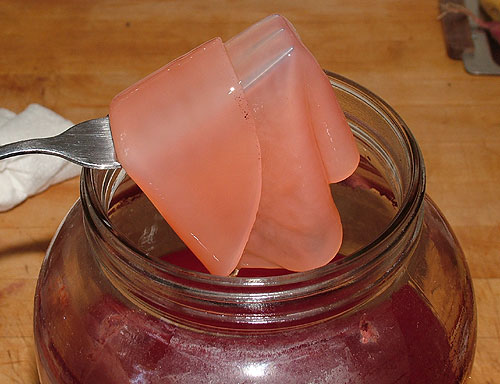Hey y'all. Been awhile since I've been here. I've done several wines successfully, but the very first one I put up for aging was a blueberry wine. I got it out today to bottle...and saw that the airlock had gone dry. The wine is sour so is unusable as wine. Blast. However it might make a quite nice salad vinegar...
My question is: what do I need to do to take my gallon of blueberry to finish it as a vinegar? I was thinking of filtering it into a primary and leaving it for a week to finish its oxidation. Is there a better way?
My question is: what do I need to do to take my gallon of blueberry to finish it as a vinegar? I was thinking of filtering it into a primary and leaving it for a week to finish its oxidation. Is there a better way?



